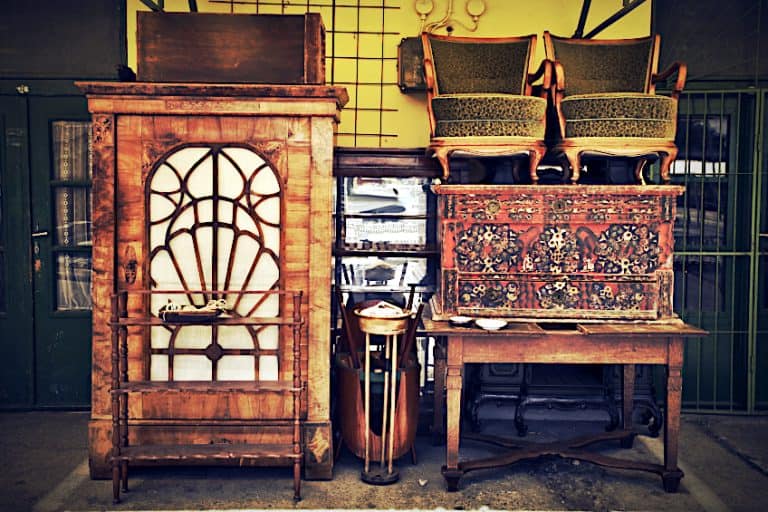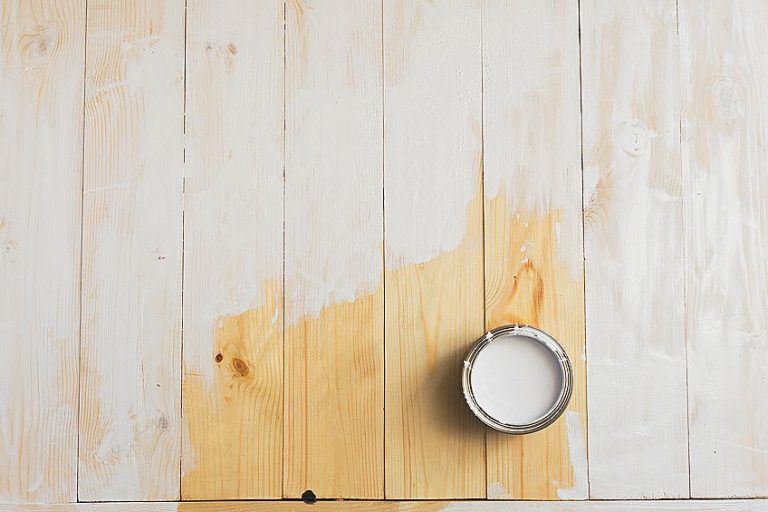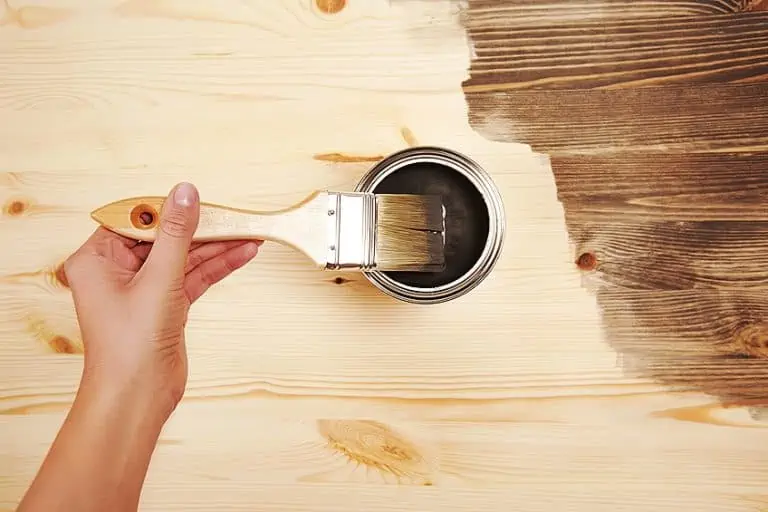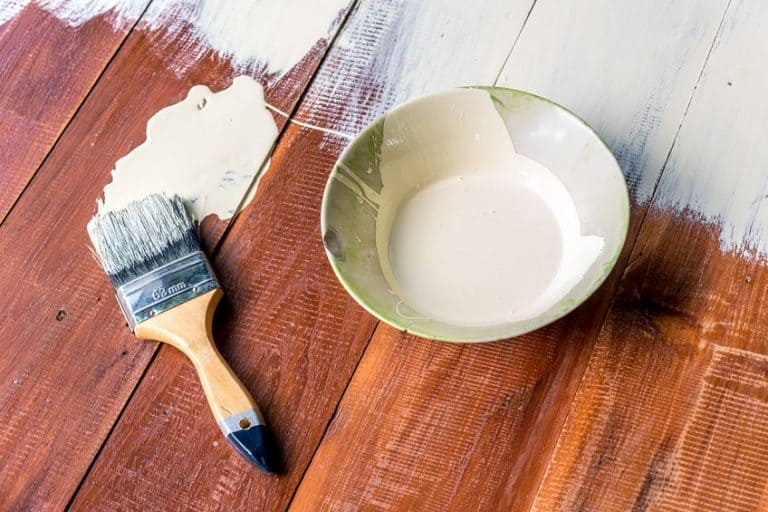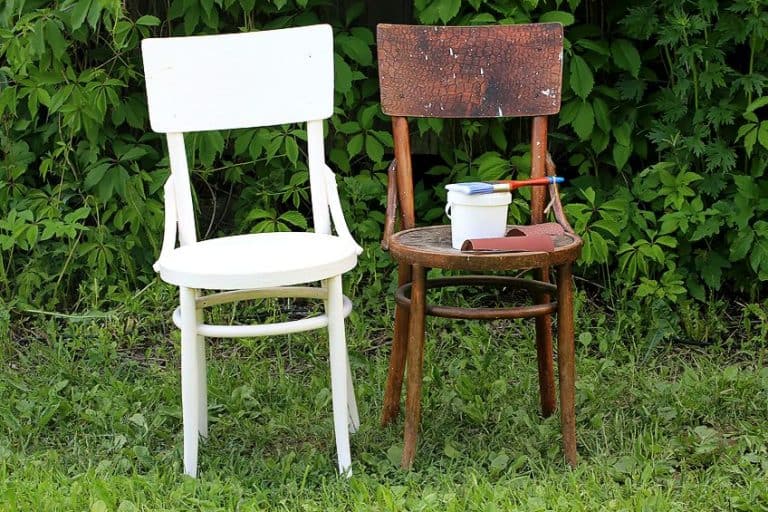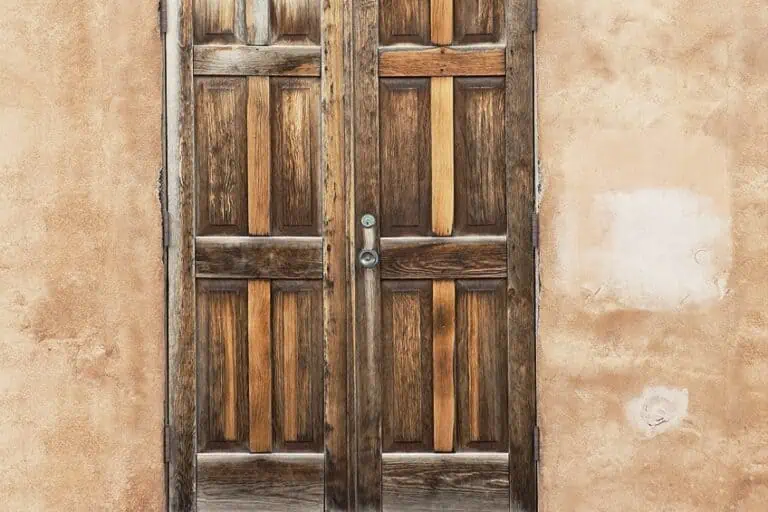How to Stain Wood With Coffee – Using Coffee as a Wood Stain
There are multiple wood stain variations on the market. From oil-based and water-based stains, to gel stains, there are different colors, tones, and textures of wood stain to choose from. You don’t need store-bought stain to achieve a deeper color for your wooden workpiece though, and if you look into it, you’ll find that many everyday items can be used to make your very own stain. In recent years, coffee stain has become increasingly popular. Coffee wood stain is easy to make, easy to use, and provides a unique finish to any wooden workpiece. Let’s have a look at how to make coffee wood stain and how to apply it!
Table of Contents
What Is Coffee Wood Stain?
Coffee wood stain isn’t some special compound that involves coffee beans being mixed with resin, or some synthetic coffee-like wood stain. Coffee wood stain is literally brewed coffee that has been applied to a wooden surface to darken it, much in the same way pretty much every other type of wood stain product is. Pretty cool, right?
If you’ve ever spilled coffee on an unprotected wooden surface, then you know how challenging it can be to get rid of the stain (if you ever do). That being said, staining wood with coffee is a simple and effective way to achieve a unique aesthetic for your wooden workpiece, all while saving yourself a bunch of time and effort in the process!
The process of staining coffee is simple, all that you need to do is apply brew some coffee (any type you would like), get some on a sponge, rub it on your wooden surface, and then seal the surface once you’re done. The type of coffee you use won’t really affect the overall color of your workpiece, rather the amount of coffee you use will.
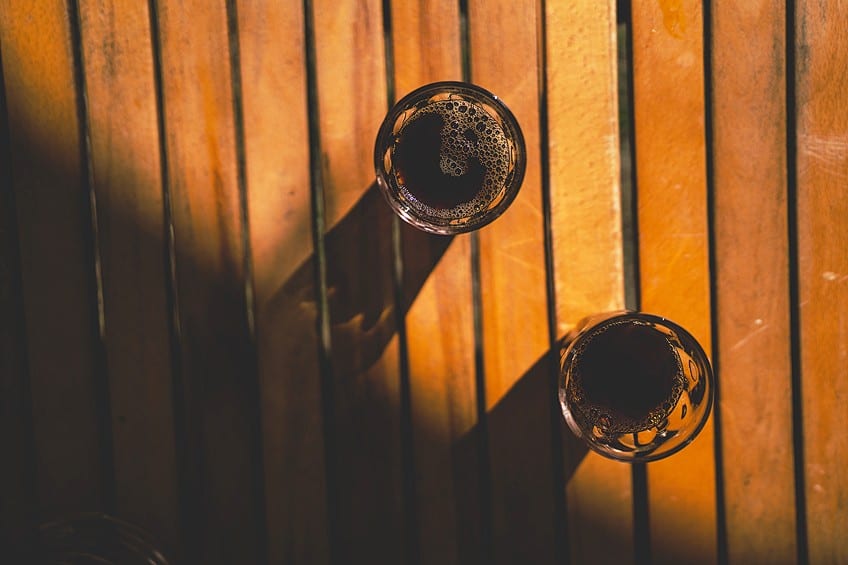
As you can see, staining wood with coffee requires far less preparation and doesn’t require the use of conventional wood stains that can contain harmful chemicals. Additionally, staining wood with coffee is much quicker than oil-based, water-based, and even gel-based stains, making it ideal for weekend DIY adventures and/or time-sensitive projects.
What Is Needed in Order to Stain Wood With Coffee?
While this seems pretty self-explanatory, you should ensure that you have absolutely everything you need to get the job done. That’s why we have prepared a list of things that you will need to ensure you get the absolutely best finish possible when applying your coffee wood stain. Before you begin, here are some things you’ll need and why you’ll need them.
- Coffee
- Boiling water
- Soapy water
- Painters tape
- Sandpaper
- Tarp and/or some old newspaper
- Brush/cloth/sponge
Coffee
Obviously, you will need coffee to stain your workpiece. What type of coffee you choose is entirely up to you, whether it’s store brand or the really expensive stuff, it won’t make a difference. You just need to ensure that your coffee can be brewed hot and that you’re willing to use a lot of it to get the desired color pallet for your wooden workpiece.
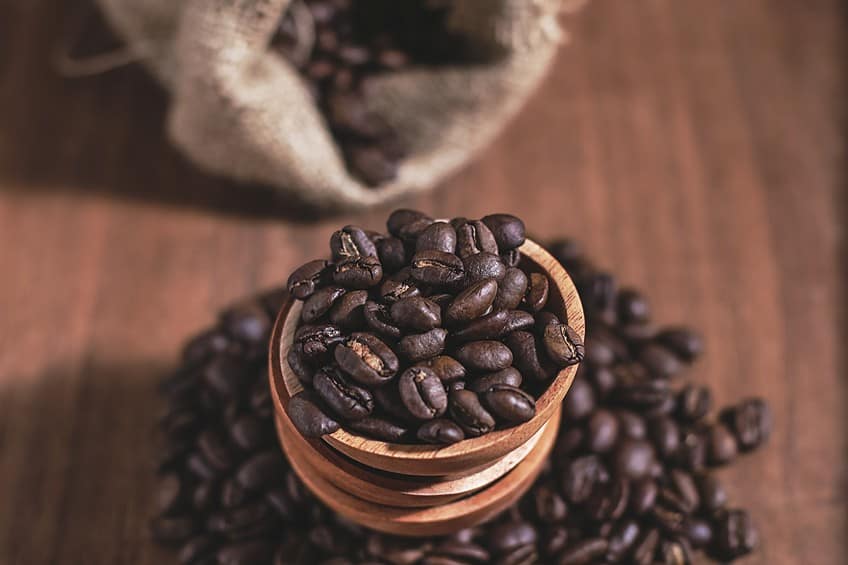
A Brush, Sponge, or Cloth
Using coffee as a wood stain means that you’ll have to rub it on the surface of your workpiece. While you can use a brush, many find that brushes tend to over apply the stain in some areas, but if you’re more experienced and/or skilled, you can probably get away with using one.
We recommend using a sponge or clean cloth as it allows you to distribute the stain evenly with greater ease.
Wood Sealer
Using coffee as a wood stain has one downside. You will have to seal the surface of your wood, at least if your workpiece is going to see some practical usage. Why? Coffee stains can be easily damaged by things like impact and abrasion, which could ruin all of your hard work. When sealing coffee stains, an oil-based sealer tends to work best.
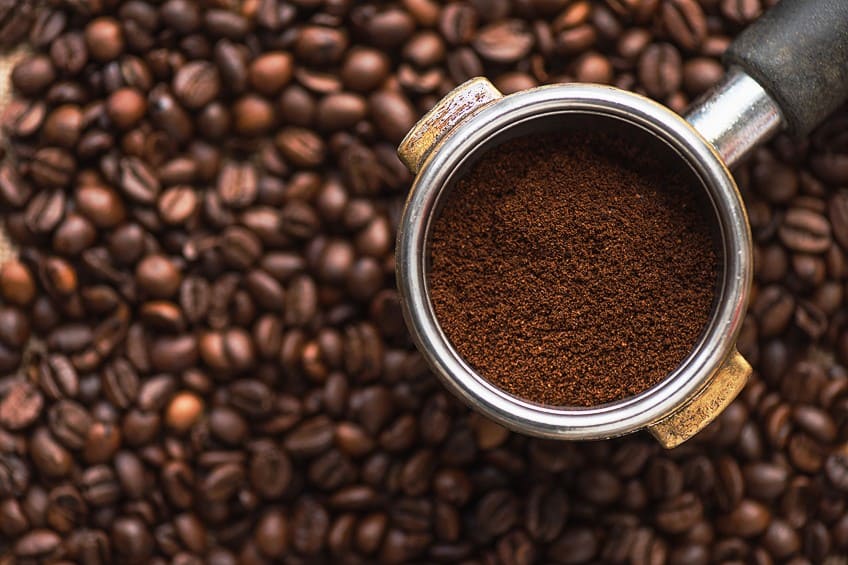
A Tarp or Some Old Newspaper
Even if you are working on a sealed surface the likelihood of you accidentally spilling some coffee droplets on your workbench or on the floor of your work area warrants covering things up a bit. You don’t have to go out and purchase a tarp if you don’t want to, you could just drape some old newspaper over vulnerable surfaces and secure it with some painters’ tape.
How to Stain Wood Using Coffee
As we mentioned previously, using coffee as wood stain is a quick and effective means of upgrading the aesthetic of your workpiece. However, if you want to ensure that you get the most even finish possible, you should do some light preparation work before your stain is applied.
Since coffee is essentially a water-based stain, preparation is easy and not time-consuming. Here’s what to do.
Clean Your Wood’s Surface
Cleaning the surface of your wooden workpiece is important regardless of the type of wood stain you intend on using. Any dirt and grime present on the surface of your workpiece will stop the coffee from seeping into the pores of the wood and bonding with its fibers. What is the most effective means of cleaning the workpiece’s surface?
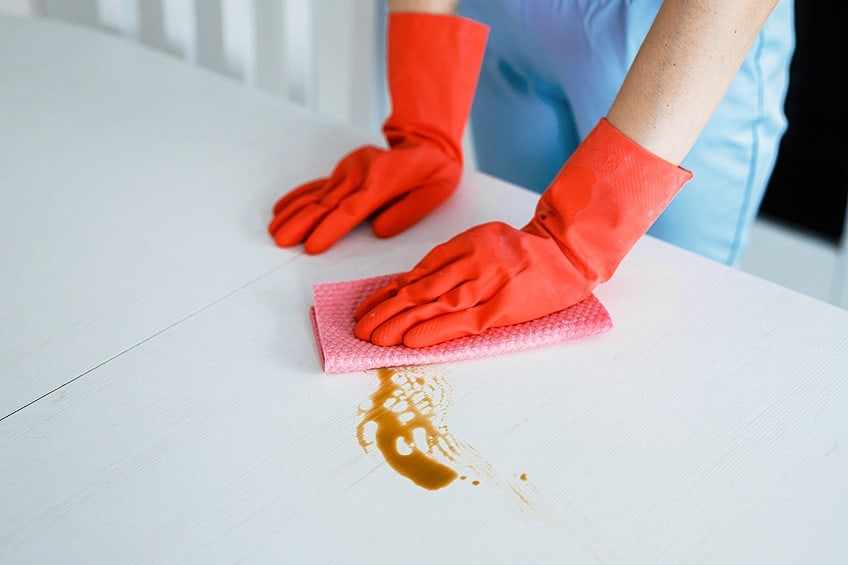
The best way to ensure that the surface of your wooden workpiece is properly cleaned is to give it a good once-over with some soap and water. Ensure that the surface is thoroughly cleaned of all dust particles, and any grime that may have built up in the pores of the wood over time.
Sand the Surface of Your Wood
Sanding the surface of your workpiece is equally as important. Why should you sand the surface of your workpiece before a stain is applied? Well, the surface of your workpiece has likely been exposed to your immediate environment for a while, resulting in the wood becoming conditioned over time. Sanding the surface will expose fresh wood fibers and wider pores which are more conducive to the staining process. How do you sand the surface of your workpiece correctly? The best way to sand the surface of your workpiece is to sand along its length, likely following the grain of the wood. If your workpiece is large, sand it in sections, working from one end of the board to the other.
If your workpiece isn’t shaped conventionally (square or rectangular) you could try working from the edges of the workpiece inward, or from the centre outward. Do your best to ensure that any wood particles present on the surface are thoroughly removed before progressing to the next step.
Apply Your Coffee Wood Stain
Once your wood has been sanded and cleaned it’s time to get to staining the surface of your workpiece. Your workpiece should be clear of all wood particles and as dry as possible before attempting to apply your coffee stain.
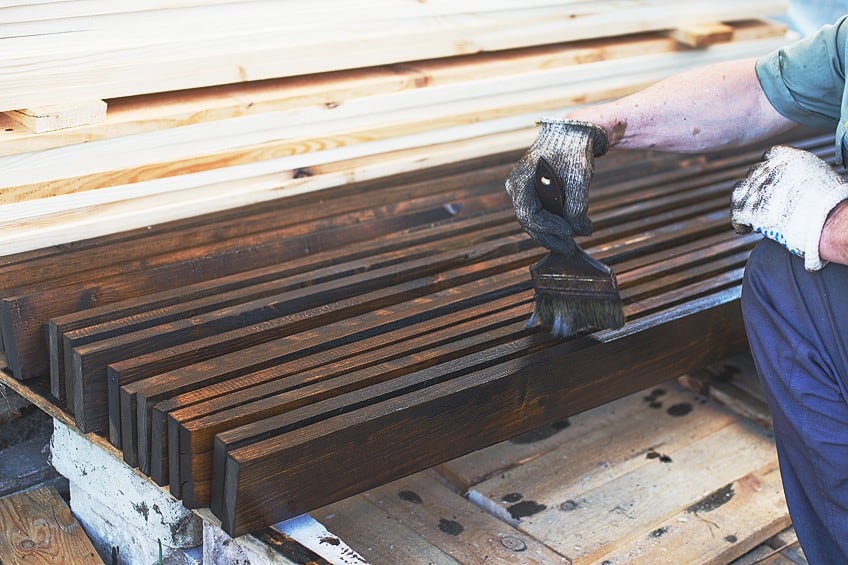
Brew Your Coffee
How do you apply your coffee stain? Basically, you will need to brew your coffee using some boiling water before it can be applied to the surface of your workpiece. What type of coffee you choose to use is entirely up to you.
Certain types of coffee will provide a slightly different wood stain color, but the majority of the color difference is due to the amount of coffee you use on the surface of your workpiece and the number of coats you choose to use. This mirrors how conventional stain is used.
If you are wondering how the coffee should be made for staining purposes, it’s basically the same way most people make their morning cup of joe. That being one part coffee to six parts water (1:6 minus the sugar and creamer). Whether this is prepared in the machine or the old-fashioned way is entirely up to you.
Apply Your Wood Stain
Okay, so how do you apply your coffee wood stain to wood? Well, you could use a brush if you have one available. All you need to do is dip the brush into your coffee and start applying it to the wood. Following the length of the board apply your stain, making sure to flow in the direction of the wood’s grain. If your board is large, try working in sections ensuring that you blend them together nicely.
If you don’t have a brush, you could try using a cloth. Using a cloth tends to have a better overall effect, making it easier to manage the distribution of your wood stain. This is because instead of pushing your stain along using your brush, your cloth is able to distribute the stain through disbursement and rubbing the coffee stain into the wood’s surface.
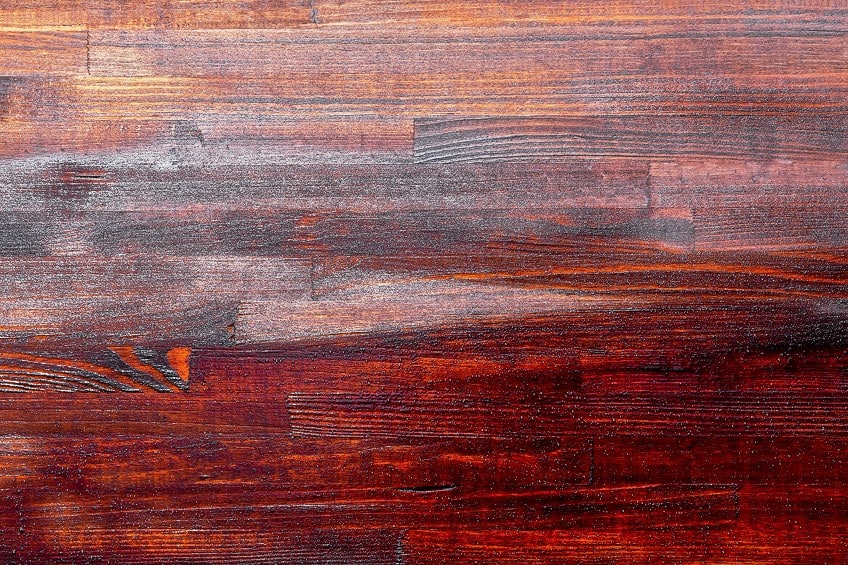
Just as you did when applying your stain using the brush, you want to ensure that you apply the coffee stain evenly. If your workpiece is rectangular, you should do your best to follow the direction of the grain and work along the length of the workpiece. Should your workpiece not be conventionally shaped, you could try working from the edges toward the centre, or from the centre toward the edges depending on your preference.
Once your initial coat is applied, let the surface dry for a few hours before attempting to apply another coat. Depending on the color intensity you would like and where you would like the stain to be concentrated, you can apply any number of coats (whatever works best for you).
That being said, apply as many coats as you feel necessary, just ensure you allow each to dry before applying the next. When you are done, progress to the next step in the process.
Seal Your Workpiece
Sealing your stained workpiece isn’t a must, but there are many upsides to doing so. Coffee wood stain can be easily applied and is beautiful to look at, but it can be extremely challenging to maintain and tends to damage easily when struck by impact and abrasion. That being said, sealing your workpiece is a good idea.
When it comes to sealing coffee wood stain the best tool for the job is an oil-based wood sealer. Why? There are certain natural acids in coffee stain that respond well to oil-based sealers, and when applied they tend to last for a long time compared to latex-based options. So, how does one apply sealer to wood?
You do so similarly to the way you would apply primer or paint, simply by using a brush! Start by giving your wood sealer a good shake to mix the heavier particles that have accumulated at the bottom of the can with the rest of the formula. Next, get some on your brush and begin applying it to the surface of your workpiece.
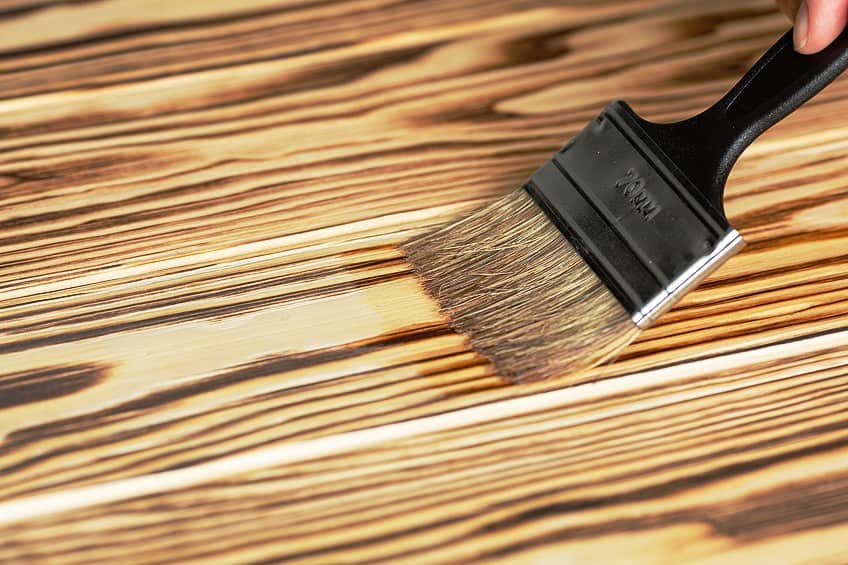
Just as you did when applying wood stain, using your brush apply the stain following the length of the board, making sure to apply it in the same direction as the wood grain. Upon completing the application of your sealer, allow it to set and cure according to the manufacturer’s instructions, taking humidity and temperature into account.
Now that you know what coffee stain is, how to make it, how to apply it, and how to seal it, it’s time for you to go out there and put your newfound knowledge to the test. When working with power tools, wood particles, and boiling water, you should always wear protective clothing such as gloves and goggles and make sure you have all the things you need beforehand.
Frequently Asked Questions
Can You Stain Wood With Coffee?
Wood can be stained with gel, varnish, paint, and even oil, but can you stain wood with coffee? Absolutely! Using normal coffee to stain wood is a quick and effective means of darkening the color of your wooden workpiece.
Is Staining a Butcher Block With Coffee Possible?
Lately, there have been many trends showing how you can upgrade the look of your butcher’s block with acrylic paint and even wood stain. Is staining a butcher block with coffee possible? Yes! If the butcher’s block is prepared correctly, it is entirely possible, but you should seal your butcher’s block afterward.
Does Coffee Staining on Wood Last?
Coffee wood stain on its own is notoriously easy to damage. That being said, if you apply coffee stain to your workpiece and simply seal the workpiece afterward, it can last for a very long time. Oil-based sealers tend to work best with coffee stains.

I have been into woodworking since 2005 and woodturning since 2011. Because of my love for wood and woodworking, I started woodhappen.com to teach other enthusiasts about how to finish and seal wood, the best woodworking tools, the different types of wood, and everything else related to woodworking! Read more about me here.


